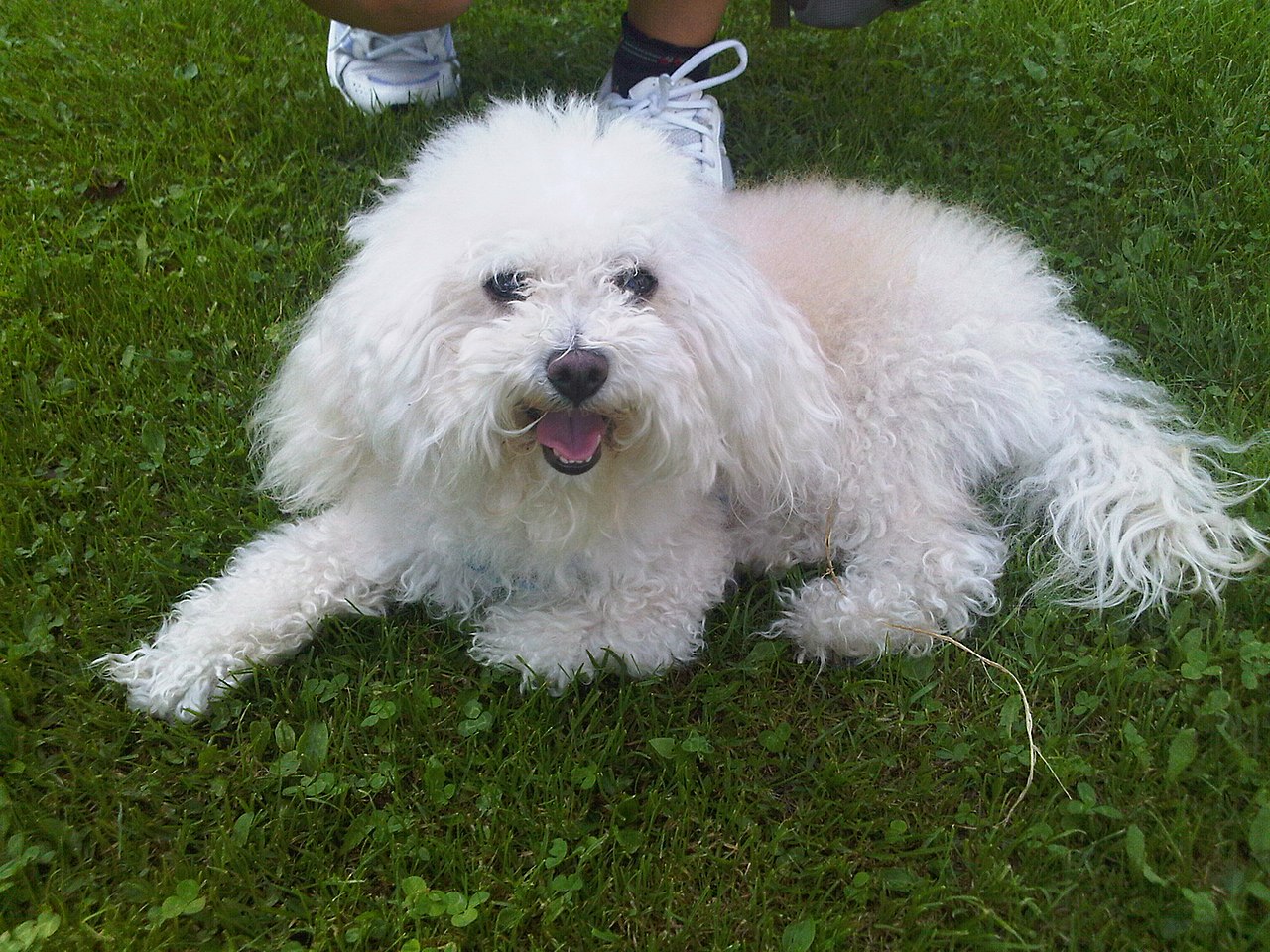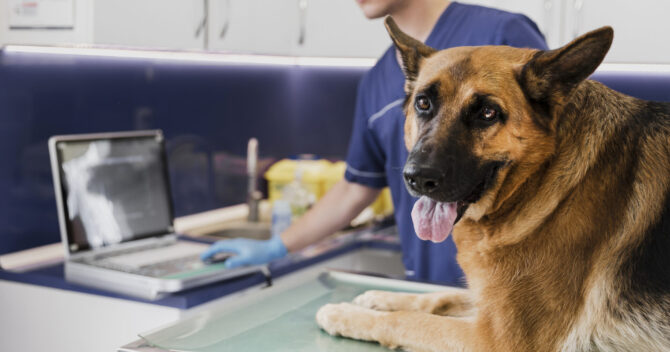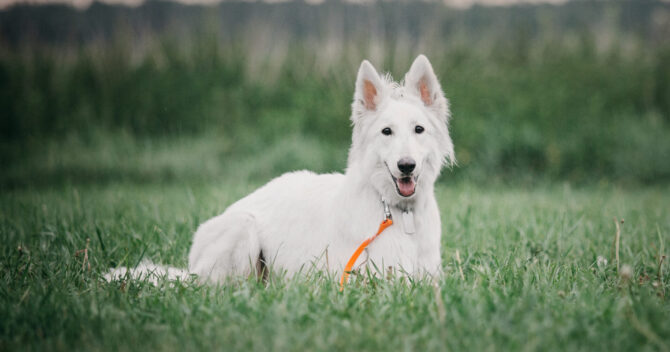Bolognese - history of the breed
The roots of the Bolognese are connected with the origin of the Maltese. Both races were mentioned by Aristotle, describing their ancestors with the Latin name canes melitenses. Already in Roman times, the Bolognese was a highly valued gift, which the powerful of this world willingly gave to each other. Later, such gifts were especially common at the courts of the Medici, Borgias and d'Este. Rulers such as King Philip II of Spain, Madame de Pompadour, Catherine the Great and Empress Maria Theresa also had bolognese. During the Renaissance, this breed was especially widespread in France and Italy.
The term bichon dates back to the court of King Henry III of France, where the popularity of these dogs reached its peak. During these times, the Bolognese became a status symbol and was valued as a companion for wealthier, upper-class women. Back then it was simply called a bichon. The fluffy white pet owes its name - "Bolognese" to the French naturalist Buffon. It was he who made the Bolognese famous in Europe. Since 1956, this breed has been officially recognized by the FCI (Fédération Cynologique Internationale). The Bichon Bolognese is listed under standard number 196, in Group 9 "Toy and Companion Dogs", in Section 1 "Bichons and Related Breeds".
Suggested sizes and widths of accessories for this breed of dog:
Here are the suggested sizes for adult dogs of this breed. They were selected on the basis of many years of experience in sewing accessories and the most common choices of other dog owners of this breed. Remember, only measuring will give you 100% certainty - every dog is different.
Bolognese look
The structure of the Bolognese can be described as delicate. With untrimmed fur, it gives the impression of being quite corpulent, although in reality it has a slim and compact build and weighs between 2,5 and 4,5 kilograms. The head of the Bichon Bolognese is medium sized. The skull is slightly ovoid, its length slightly exceeding the length of the muzzle. The nose is large and provides a distinct black accent. The eyes of the Bolognese bichon are particularly striking. They are very dark and surrounded by a black border. Long and pendulous ears are set high. The length of the body, measured between the tip of the withers and the tip of the buttocks, corresponds to the height at the withers.
The straight line of the back and the slightly convex line of the loins blend harmoniously with the croup. The tail, set on the extension of the croup, curves over the back of the legs. The Bolognese, from head to tail and from the topline to the paws, has long hair, only on the bridge of the nose it is slightly shorter. The coat is soft, non-adherent, fluffy, the color of pure snow white, without spots (less often in the shade of off-white). The gait of the Bichon Bolognese is free, energetic, with a nobly carried head.
The Bichon Bolognese has a cheerful, calm and balanced personality and is never aggressive. He is very devoted, affectionate and loyal. Very quickly builds a strong bond with the guardian and other household members. He loves to follow his owner everywhere and needs close contact with his human family. The Bolognese is a faithful friend, friendly and joyful towards children. Although he does not need a lot of exercise every day, he is always willing to play. It is very durable. He never seems to age and remains active, enterprising and playful well into old age.
The Bichon Bolognese likes to learn and has a very sharp mind, which is a great advantage in education. He picks up new tricks quickly. Despite his energetic temperament, he is neither nervous nor hyperactive. It is an ideal playmate for children and a great companion for seniors. He usually remains very reserved with strangers and although he likes to bark at them, it usually does not last very long.
Health
The Bolognese is a strong and healthy breed. Representatives of this breed live on average from 12 to 15 years. Among the most common diseases, there are cases of patellar luxation (PL), i.e. a loose or displaced kneecap, a tendency to eye irritation (due to the luxuriantly growing fur) and hip dysplasia. Because the Bichon Bolognese has floppy ears, it is prone to ear infections. Therefore, prophylaxis in this area includes regular checks of the ears for the presence of parasites and deposits, and systematic cleaning of the auricle. Proper care also involves taking care of a healthy, balanced diet. There is a special food for small dogs. Always follow the recommended serving sizes, adjusting them to your dog's activity level and age.
Bolognese and its care
The thick coat of the Bolognese requires careful care, otherwise it becomes dull and matted. With proper care, its fur is extremely soft, fluffy and does not stick to the body. Although the Bichon Bolognese sheds very little, its coat requires brushing several times a week and bathing quite often (usually every 5-6 weeks). Parasites like to settle in its long coat, which can lead to skin irritation. In order for the Bolognese to be able to easily undergo care treatments, it is worth getting the pet used to them as early as possible. Proper care of a Bolognese is very important for its health. This applies in particular to the care around the eyes and, as mentioned earlier, the ears. The hair around the eyes of a Bolognese should be thoroughly washed and shortened if necessary.
Interesting facts
- King Philip II of Spain (1556-1598), having received two Bolognese as a gift, thanked the Duke of Este with the words: These two little dogs were the most royal gift that could be given to a monarch.
- The ancestors of the Bolognese were immortalized in the paintings of famous painters, such as: Titian, Goya, Renoir Pieter Brueghel the Elder and Joshua Reynolds.
- At the court of King Henry III of France, the bichon was worn by a footman on a decorative pillow.
Boel at Italian Wikipedia, CC BY-SA 3.0, via Wikimedia Commons
Maybe you'll like it:



